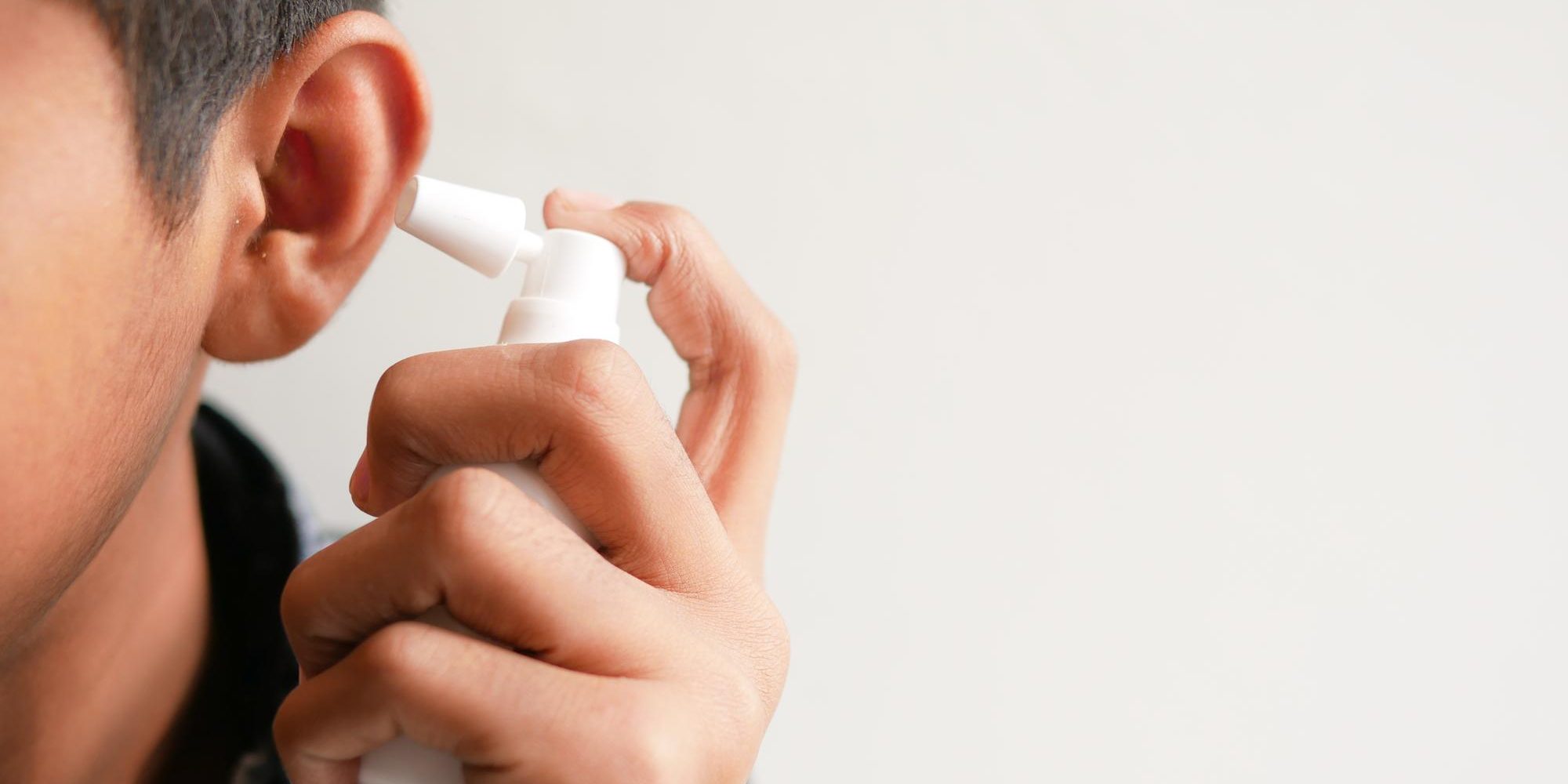Ear pain is a common symptom that can significantly affect patients’ daily life. Sometimes it appears gradually as a dull, throbbing pain, while other times it makes its presence suddenly felt, with a sharper, piercing sensation deep inside the head. For many people, it can cause distress, especially when it disrupts sleep, makes chewing or swallowing difficult, or creates an annoying pressure that doesn’t subside easily. The ear is a sensitive and complex organ, responsible not only for hearing but also for balance; therefore, even a minor discomfort can become particularly harmful. For this reason, many people begin to look for simple and safe solutions they can apply at home. Ear pain drops are among the first remedies most turn to.
But how effective are ear pain drops in reality? Can just a few drops help relieve the pain? The answer depends on several factors: the cause of the pain, the type of drops, and the correct way of using them.
What can cause ear pain?
Ear pain, medically known as otalgia, usually originates from the external auditory canal or the middle ear. Common causes include infections of the outer ear (otitis externa), also known as “swimmer’s ear,” middle ear infections (otitis media), accumulation of earwax (cerumen impaction), changes in air pressure, injury to the ear canal, or even referred pain from the throat or jaw.
The treatment approach—and whether ear pain drops are appropriate—depends on the underlying cause. For example, pain from otitis media may sometimes require oral antibiotics, while pain due to otitis externa is often successfully treated with topical drops.
How do ear pain drops work?
Ear pain drops are liquid preparations instilled directly into the ear canal. Depending on their ingredients, they act in different ways. Some contain local anesthetics (such as lidocaine or benzocaine) that temporarily numb the area and reduce pain. Others include antiseptics or antibiotics to fight infection, or corticosteroids to reduce inflammation and swelling.
In cases of cerumen impaction, special drops—called cerumenolytics—are used. These help break down the earwax plug and relieve pressure and discomfort.
Effectiveness of ear pain drops in relieving pain
In general, ear pain drops can be effective in relieving pain, especially in certain conditions. For example, in acute otitis externa, drops containing a combination of antibiotics and corticosteroids can eliminate the infection and reduce inflammation, leading to improvement of symptoms within a few days. Drops containing local anesthetics provide short-term pain relief, although their effect is temporary and does not cure the infection.
In acute otitis media, their effectiveness is more limited. The eardrum acts as a barrier, preventing the drops from reaching the middle ear. However, in cases where there is a perforated eardrum, drops prescribed by a doctor may be appropriate. Otherwise, pain relief is mainly achieved with oral analgesics such as ibuprofen or paracetamol.
Cerumenolytic drops have been shown to be effective in reducing discomfort caused by blockage due to earwax buildup, although they may sometimes cause a temporary feeling of fullness or mild irritation as the wax softens.
When are ear pain drops not recommended?
Although ear pain drops can be very helpful, they are not always suitable. You should avoid using drops without medical guidance if you suspect or know you have a perforated eardrum, as some solutions may be toxic to the structures of the middle ear and worsen the infection. Also, if you have sudden, severe pain accompanied by fever, hearing loss, or discharge of fluid or blood, you should consult a doctor immediately rather than trying to treat the problem on your own.
People with a history of chronic ear disease or ear surgery (e.g., tube placement) require careful evaluation before using any drops.
Tips for safe use of ear pain drops
If your doctor has prescribed ear pain drops, it is very important to follow the instructions carefully. Wash your hands before instillation, warm the bottle slightly by holding it in your hand (to avoid dizziness), and keep your head tilted for a few minutes after application so the medication can penetrate more effectively.
Do not insert cotton swabs or other objects into the ear, as this may cause injury and worsen the problem.
When should patients see a specialist?
Above all, it is very important not to decide to use ear pain drops spontaneously or based on ChatGPT’s suggestion without them being recommended or prescribed by a doctor. Before applying or taking any medicinal product for ear pain, a correct diagnosis of the underlying cause is essential. Patients should see an ENT specialist if the pain is severe, lasts more than a few days, is accompanied by hearing loss, dizziness, facial weakness, or discharge that looks like pus or blood. Infants under six months with ear pain must be examined immediately.
Ear pain drops can be a useful and evidence-based treatment for certain types of ear pain, particularly when caused by external ear infections or cerumen impaction. However, they are not a universal solution and must be used correctly and cautiously. If in doubt, ENT Surgeon in Athens Dr. Olga Papadopoulou can provide appropriate guidance and recommend the proper treatment.


